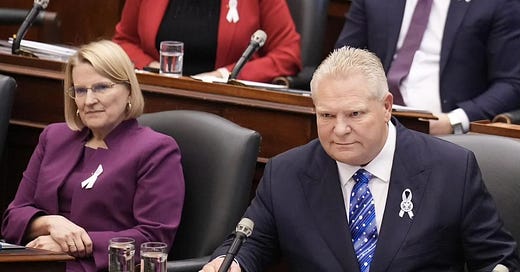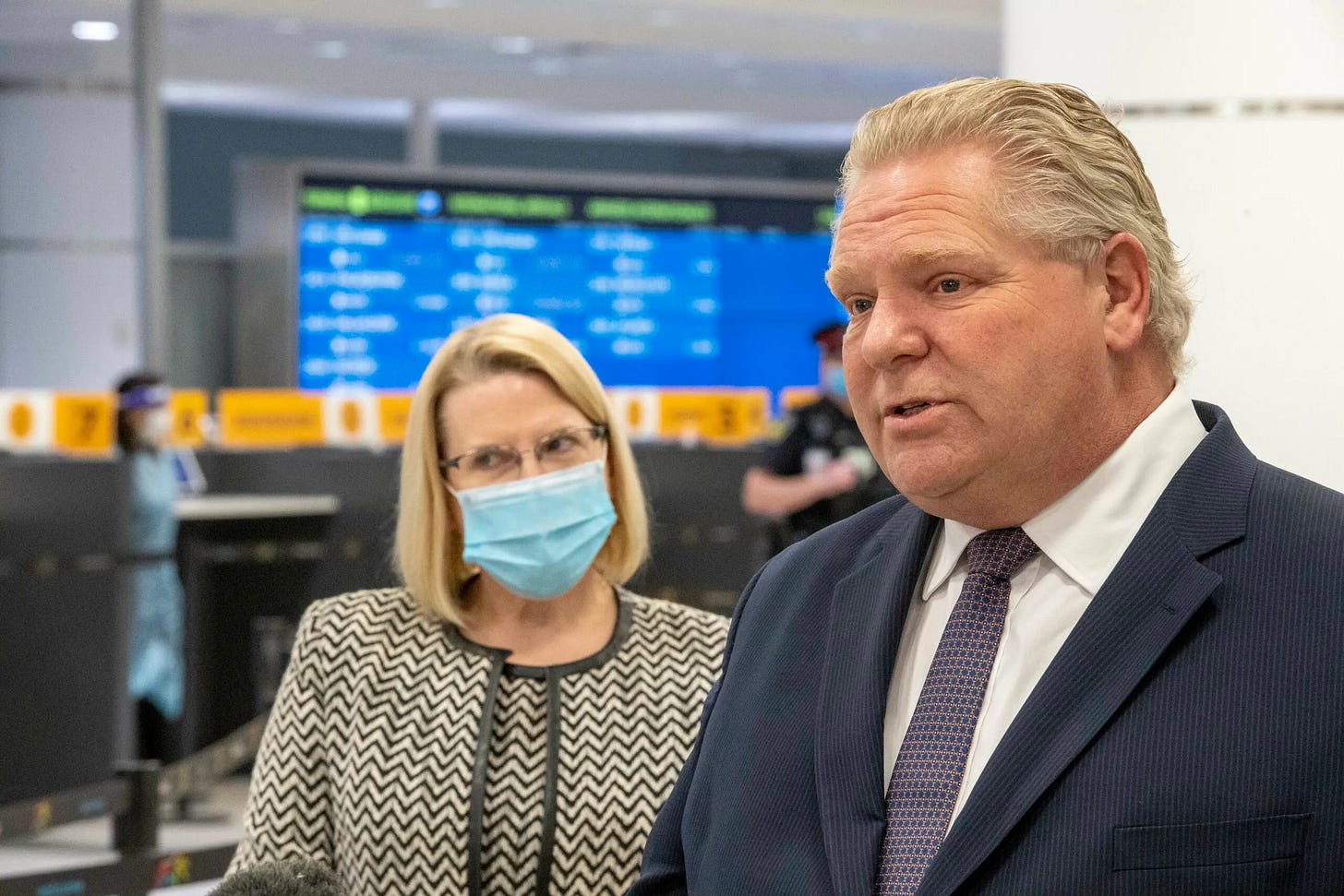Why is Ontario closing its doors to international students?
The Ontario government's latest move to ban international students from studying at medical schools sends a clear message to international talent: you're not welcome here.
Last Friday, the Ontario government announced that international students will be banned from attending medical schools as of Fall 2026. Minister of Health, Sylvia Jones, was joined by Premier Ford to indicate that the upcoming legislation will make 95% of medical school seats reserved for Ontario students, with the remaining 5% for other out-of-province domestic students.
Now, this policy will hardly change the immediate enrolment numbers. Statistics Canada enrolment data shows that upwards of 99.68% of current students in MD programs in Ontario are domestic students. According to CBC News, approximately 88% of these domestic student spots are held by Ontario residents.
What is also interesting is that these Statistics Canada numbers do not significantly vary by Ontario medical schools either (ranging between 99.1% and 100% domestic students enrolled).
What is interesting isn’t the numbers. It’s the timing and justification of the policy itself.
Very Demure, Very Mindless
First, the policy was announced on a Friday — the day of the week that many political pundits will note is frequently used by governments who wish to quietly push a new policy (especially useful for “unpopular” policy proposals) and escape public scrutiny. Using overly grandiose wording to sell the announcement seems to me to suggest the Government knew this would catch negative headlines (as covered by CBC News, Global News, CTV News, Toronto Star, etc.) — and wanted to control the narrative (which arguably has failed).
Selling the Long Con
Second, the Province insists that this policy is not an outright ban on international students. In literal terms, yes this is correct. If seats go unfilled, medical schools could choose to admit international students. But in practical terms, it’s effectively an outright ban. The announcement indicates that 95% of seats are reserved for Ontario residents, and the remaining for out-of-province students. That leaves 0 seats for international students.

Gaslighting with Grants
Finally, the Province promoted this announcement as a measure to boost healthcare providers - particularly family doctors — through expanding a financial support program. In the announcement, the Ontario government indicated that it would expand the Ontario Learn and Stay Grant program to include students wishing to be family doctors in Ontario. (Currently, this program currently covers tuition, books, and other educational costs for eligible students).
The price tag? $88 million. The impact? 1,360 undergraduate MD students — or so Minister Jones says.
Will This Policy Work?
Right now, the Ontario Medical Association says that there are 2.5 million Ontarians without a family doctor. Just last Thursday, the Canadian Institute of Health Information (CIHI) published their latest survey, showing that 12% of Ontarians do not have a doctor. Rather optimistically, the press release suggested that this new policy would “enable the connection of an additional 1.36 million people to primary care”.
But even if this policy were to help train up the 1,360 family doctors that Minister Jones claims, it takes — at minimum— 6 years for a medical student to become licensed as a family doctor in Canada — 4 years medical school, and between 2-6 years residency, depending on one’s specialty. 1,360 new family doctors in 6 years? Far too late. Especially given that the Ontario Medical Association says Ontario needs 3,500 family doctors right now to address urgent workforce needs.
Final Verdict
In terms of efficacy, this new policy is — at best — wishful thinking, and at worst, completely ineffective. It assumes a 0% attrition rate in medical schools, and that current incentives are enough to ensure MD students choose to go into family medicine (despite evidence to the contrary). The number of medical graduates that choose family medicine has dropped significantly in recent years, down to just 30.3% in 2023. Furthermore, data from the Canadian Resident Matching Service shows that 1 in 5 family medicine spots went unfilled this year, a number which has increased by 260% since 2020.
Medical students need more than a small grant to influence them to choose to pursue family medicine in Ontario.
While these measures are a step in the right direction to addressing Ontario’s dysfunctional healthcare system, they certainly are not enough to “connect every person in Ontario, no matter where they live, to primary care” as Premier Ford declared in the announcement.










